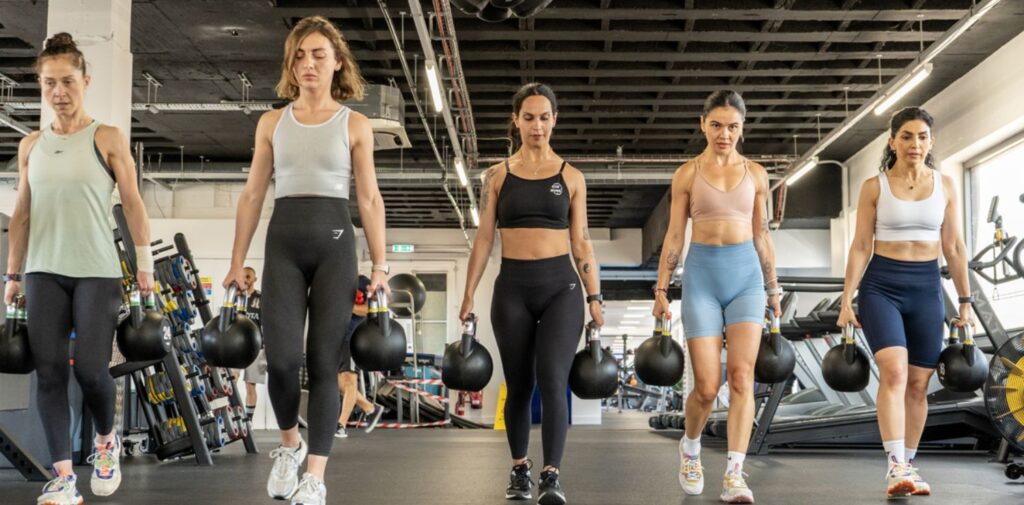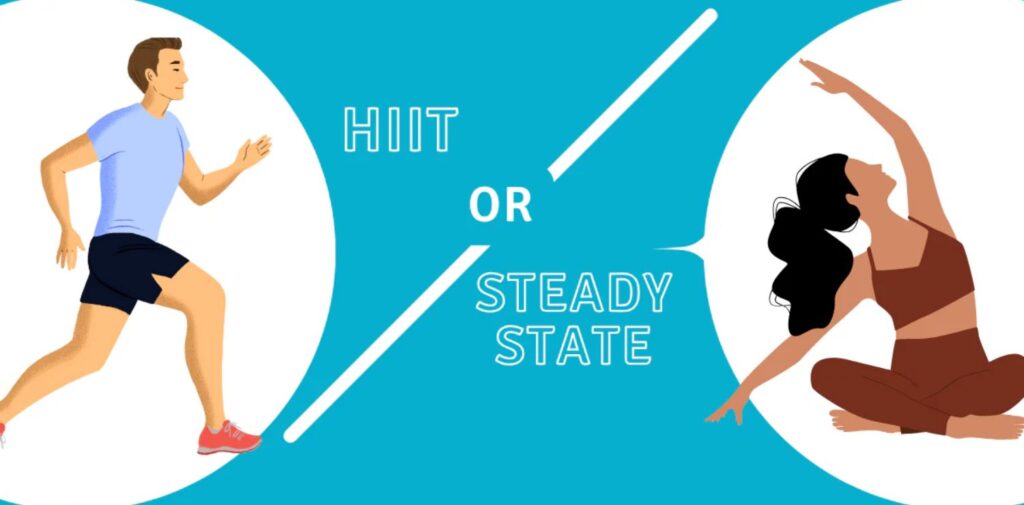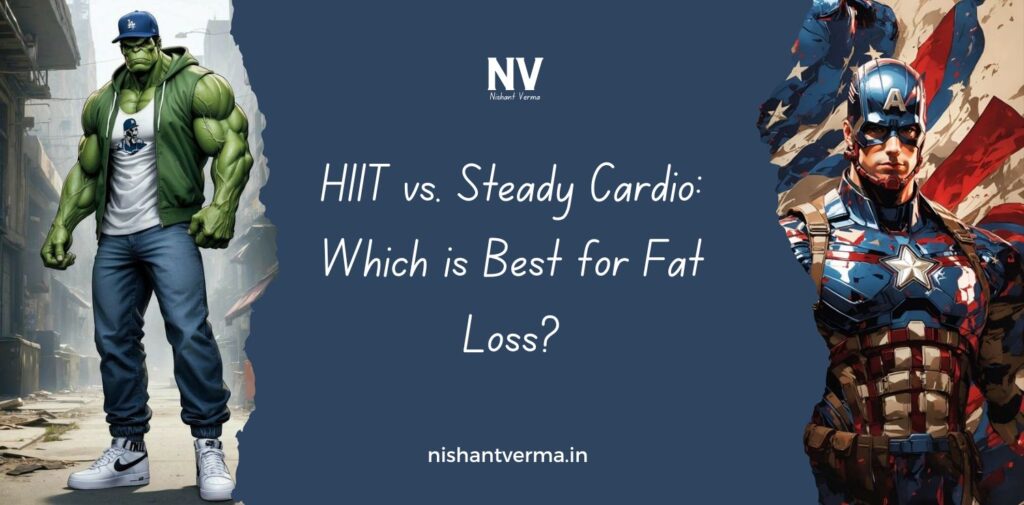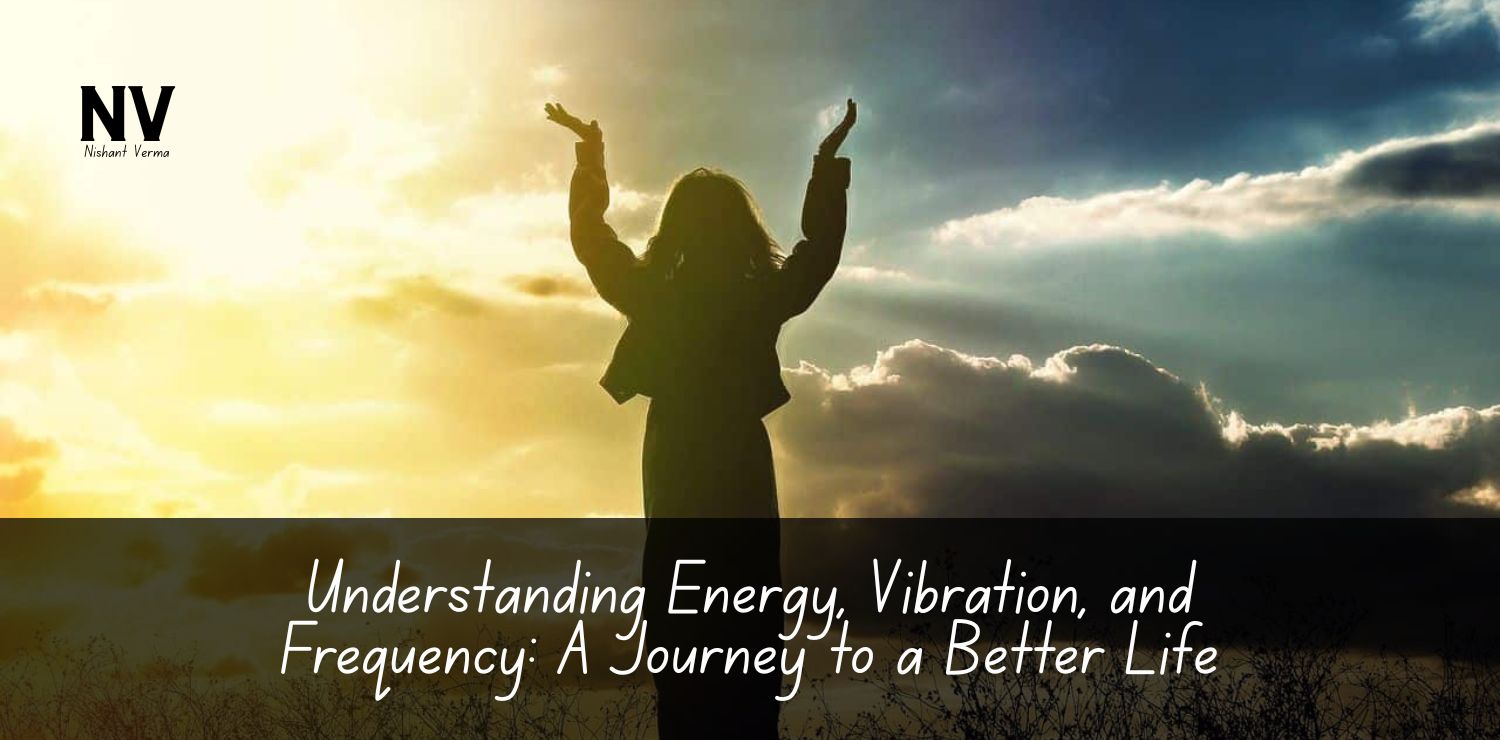When it comes to fat loss, there are many workout options available, but two of the most popular methods are HIIT (High-Intensity Interval Training) and steady cardio. Both have their advantages and can help you lose fat effectively, but they work in different ways. In this article, we will explore both forms of exercise, looking at how they work, their benefits, and which one might be better for fat loss, depending on your fitness goals.
What is HIIT?
HIIT stands for High-Intensity Interval Training. It is a form of exercise where you alternate between short bursts of intense activity and periods of rest or lower-intensity activity. These intense intervals can last anywhere from 20 seconds to a few minutes, followed by a rest period that could last the same amount of time or slightly longer.
For example, a simple HIIT workout could be:
- 30 seconds of sprinting or fast cycling, followed by 30 seconds of walking or slow cycling.
- Repeat this cycle for 20-30 minutes.
The high-intensity periods push your body to work at maximum capacity, which can lead to a higher calorie burn in a shorter amount of time.

What is Steady Cardio?
Steady cardio, on the other hand, involves performing aerobic exercise at a steady, moderate pace for an extended period of time. This could include activities like jogging, swimming, cycling, or walking at a steady pace for 30-60 minutes or even longer.
For instance:
- Jogging for 45 minutes at a consistent pace.
- Cycling for 60 minutes at a moderate speed.
Steady cardio doesn’t involve any breaks or bursts of intense effort. Instead, you maintain a constant pace throughout the workout, usually at 60-70% of your maximum heart rate.
Benefits of HIIT for Fat Loss
HIIT has become very popular in recent years, and for good reason. Here are some of the benefits it offers, particularly when it comes to fat loss:
Burns More Calories in Less Time
One of the biggest advantages of HIIT is that it burns a large number of calories in a short period of time. Because the intervals are intense, you are pushing your body to its limits, leading to a significant calorie burn. As a result, if you are short on time but still want to get an effective workout, HIIT can be a great option.
Continued Calorie Burn After the Workout (EPOC Effect)
HIIT has a special advantage that steady cardio doesn’t: the EPOC effect (Excess Post-Exercise Oxygen Consumption). After a HIIT workout, your body continues to burn calories at an elevated rate for hours. This is because your body has to work harder to return to its resting state, repairing muscle tissue, replenishing energy stores, and balancing hormones. In simple terms, HIIT continues to burn calories even after you’ve finished your workout.
- Improves Cardiovascular Health: Despite being intense, HIIT can help improve your heart and lung health over time. Studies have shown that HIIT can increase your VO2 max (a measure of how efficiently your body uses oxygen), which leads to better endurance and cardiovascular fitness.
- Helps Preserve Muscle Mass: Because HIIT involves short bursts of intense effort, it is more likely to help preserve muscle mass while you are losing fat. This is particularly important for people who want to get lean without losing muscle tone, which can sometimes happen with long periods of steady cardio.
- Can Be Done Anywhere: HIIT doesn’t require special equipment or a gym membership. You can do it at home, in a park, or even while traveling. Whether it’s jumping jacks, sprints, or burpees, you can mix and match exercises to create a variety of HIIT routines.

Benefits of Steady Cardio for Fat Loss
Steady cardio, while not as trendy as HIIT, also has several benefits when it comes to fat loss. Let’s take a look at what steady cardio offers:
- Lower Impact on the Body: Steady cardio is generally lower-impact than HIIT. This means it’s gentler on the joints and muscles, making it a good option for people who are new to exercise, older adults, or those with joint issues or injuries. Running long distances or cycling for an hour, for example, are activities that you can do at a pace that works for your body, without putting too much strain on it.
- Easier to Sustain for Longer Periods: Steady cardio can be easier to stick with for longer periods of time. If you’re someone who enjoys long, consistent sessions of exercise, steady cardio might be more enjoyable and sustainable. For example, you can take a long walk or jog in the park, or cycle through scenic routes for an hour without feeling as exhausted as you might after 15 minutes of intense HIIT.
- Improves Endurance: Steady cardio is excellent for improving endurance and stamina. Over time, as you continue with steady cardio, your ability to exercise for longer periods increases, and your cardiovascular system becomes more efficient.
- Burns Fat Directly: Steady cardio burns fat directly during the exercise. When you exercise at a steady pace for a longer duration, your body primarily burns fat as fuel. This can lead to gradual fat loss over time, especially if combined with a healthy, balanced diet.
- Stress-Free: For many people, steady cardio is less stressful mentally. While HIIT is intense and can be tough on the body, steady cardio is a more relaxed approach. It’s great for those who are just looking to unwind and get some exercise in without pushing themselves too hard.

Which One is Better for Fat Loss: HIIT and Steady Cardio
Both HIIT and steady cardio can be effective for fat loss, but they work in different ways. The best option for you depends on your personal preferences, fitness level, goals, and how much time you have available.
HIIT for Quick, Intense Fat Burn
If you’re looking to burn fat in a short amount of time, increase your calorie burn, and challenge yourself, HIIT might be the better choice. It’s especially great for those who have limited time to exercise and want to maximize calorie burn. The EPOC effect also means that your body will continue to burn calories after the workout.
Steady Cardio for Consistency and Endurance
On the other hand, if you prefer a slower, more consistent approach to fat loss, steady cardio might be better suited for you. It’s less intense, so it can be easier to stick with over time. It’s also great for building endurance, and it doesn’t place as much strain on your body as HIIT can.
Some people prefer to combine both methods to get the benefits of each. For example, doing HIIT two to three times a week and steady cardio on other days can provide a balanced fitness routine that works on both fat loss and endurance.
Conclusion: What Works Best for You?
Both HIIT and steady cardio have their advantages when it comes to fat loss. HIIT is fast-paced, burns a lot of calories in a short period of time, and continues to burn calories even after your workout. It’s great for those who are looking for intensity and quick results. Steady cardio, on the other hand, is more gentle, can be done for longer periods, and is a great option for building endurance and burning fat at a steady pace.
At the end of the day, it all depends on what you enjoy and what fits best into your lifestyle. Some people may prefer the challenge and excitement of HIIT, while others might enjoy the calm, steady nature of cardio.
Now, I’d love to hear from you: Which one do you think is best for fat loss? Do you prefer HIIT or steady cardio? Share your thoughts and experiences!




